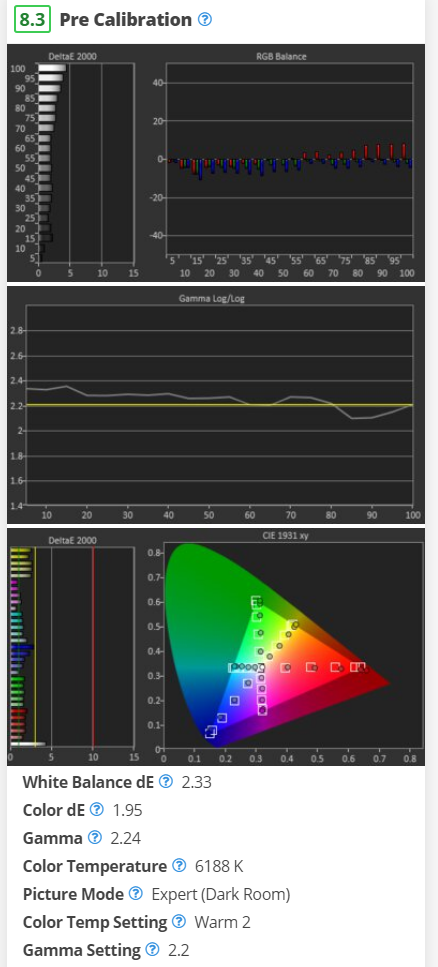I've setup my CX 48 a bit differently for PC use now. I am considering keeping the Club3D adapter because the firmware update at least reduced the black screen / no signal issue a good amount so it does not occur all the time so you are not unplugging the adapter power constantly. I'm hoping a future firmware fixes it further as this would let me coast until later this year before buying a 3000 series GPU. My 2080 Ti is powerful enough.
Based on these AVSForum posts: 1, 2 I've set the TV like this:
With this setup there seems to be no issues with image quality in SDR content and it looks visually the same as if SDR was enabled so there should be no burn in issues either. This is probably the intended way to use the Win10 HDR mode but they have just done a really bad job at explaining it and it might not work as well with LCDs.
- Windows 10 HDR on.
- SDR content slider set to 10% (about the same brightness as OLED light at 35 in SDR).
- 4K 120 Hz via Club3D adapter, if HDR is on this seems to output 4:4:4 correctly. Who knows why it works in HDR but not SDR.
- YUV 4:4:4 10-bit with dithering enabled. Set this mode via Vinz80's ColorControl app because NVCP does not support this option. This is supposed to have less banding than RGB for some reason but looks the same to me.
- Pixel shift off.
- Quick Start+ off so pixel shift does not turn itself back on.
- HDR Game mode picture preset, Warm 2 color temp and otherwise default settings.
- Dynamic tone mapping set to HGIG. This looks the same as Off but if games come out that support HGIG then those will work right.
- Mastering peak brightness set to 1000 in HDMI override menu. This seems to be because Windows might not detect and handle this correctly otherwise.
- Color space set to BT2020 in HDMI override menu. The Club3D adapter seems to output this incorrectly otherwise. With this set, SDR content still looks correct as long as HDR mode is enabled.
- Automatic static brightness limiter disabled using my old Samsung Galaxy S4 (it has an IR blaster) and the LG Service Remote Control app. ASBL seemed more aggressive in HDR mode but was annoying even in SDR. With it disabled the screen no longer dims for example as I am writing this post.
I'm gonna give this a try but the problem is calibration. Most people don't have the gear or wanna buy a Calman license to calibrate HDR.
I haven't seen anywhere with Game mode / HDR calibration results but based on Game mode / SDR it's probably way off.
EDIT: Tried it but even at 0% slider for SDR it's way too bright for me + game mode HDR factory calibration is atrocious. The grey on this websites background is way off for example.
Gonna stick with SDR and toggle to HDR when necessary until Microsoft implements a more granular method for SDR brightness.
Last edited:
![[H]ard|Forum](/styles/hardforum/xenforo/logo_dark.png)
